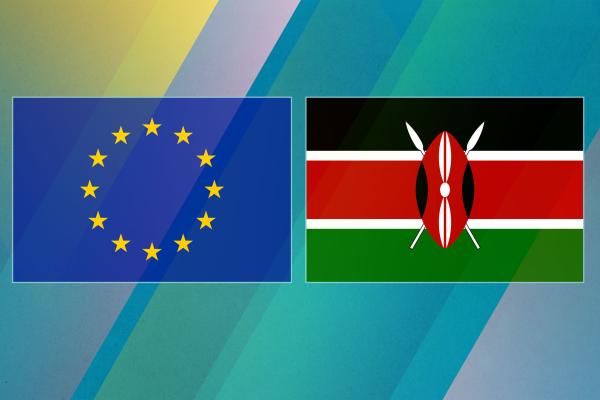- Country or region
- African, Caribbean, Pacific (ACP)
- East African Community (EAC)
- Trade topics
- Economic Partnerships
- Negotiations and agreements
- Trade policy
The East African Community (Burundi, Kenya, Rwanda, Tanzania, and Uganda) finalised negotiations for an Economic Partnership Agreement (EPA) with the EU on 16 October 2014.
The European Commission submitted a proposal for conclusion, signature and provisional application of the full EPA with the East African Community (EAC) to the Council in February 2016.
Kenya and Rwanda signed the EPA in September 2016, and Kenya ratified it. However, the EPA could not be applied as it required signature and ratification by all the EAC countries.
Upon the request of Kenya and based on the EAC Summit decision of February 2021 to move forward under 'variable geometry', the EU and Kenya engaged on 17 February 2022 to advance on the bilateral implementation of the EU-EAC EPA, with the addition of trade and sustainable development provisions.
The EU and Kenya announced on 19 June 2023 the political conclusion of their negotiations for an Economic Partnership Agreement (EPA). The agreement aims to implement the provisions of the EAC EPA, and it will be open for other EAC countries to join in the future.
South Sudan became the sixth member of the EAC in September 2016.
Trade picture
- Exports to the EU from the East African Community are mainly coffee, cut flowers, tea, tobacco, fish and vegetables.
- Imports from the EU into the region are dominated by machinery and mechanical appliances, equipment and parts, vehicles and pharmaceutical products.
The EU and the East African Community
Burundi, Rwanda, Tanzania and Uganda are on the UN’s list of Least Developed Countries (LDCs), while Kenya is a non-LDC.
The countries in the East African Community are members of the WTO with the exception of South Sudan.
The EU-EAC EPA covers trade in goods and development cooperation. It also contains a chapter on fisheries, mainly to reinforce cooperation on the sustainable use of resources. The agreement provides for further negotiations on services and trade-related rules in the future.
The deal is in line with the EAC Common External Tariff. It bans unjustified or discriminatory restrictions on imports and exports. This helps the EAC's efforts to get rid of non-tariff barriers in intra-EAC trade.
Trading with the East African Community
- Importing into the EU from the East African Community
- EU trade defence measures on imports from the East African Community
- Exporting from the EU to the East African Community
- Trade relations are part of the EU's overall political and economic relations with Kenya, Uganda, Tanzania, Burundi, and Rwanda
Latest news
A joint statement published by the European Union and Kenya on the implementation of the Economic Partnership Agreement (EPA).
Today, the EU-Angola Sustainable Investment Facilitation Agreement (SIFA) has entered into force. This is the first-ever EU agreement on investment facilitation. It aims to stimulate foreign investments needed to achieve sustainable development goals.
Today, the EU-Kenya Economic Partnership Agreement (EPA) entered into force, representing a key milestone in the EU-Kenya Strategic Partnership.

